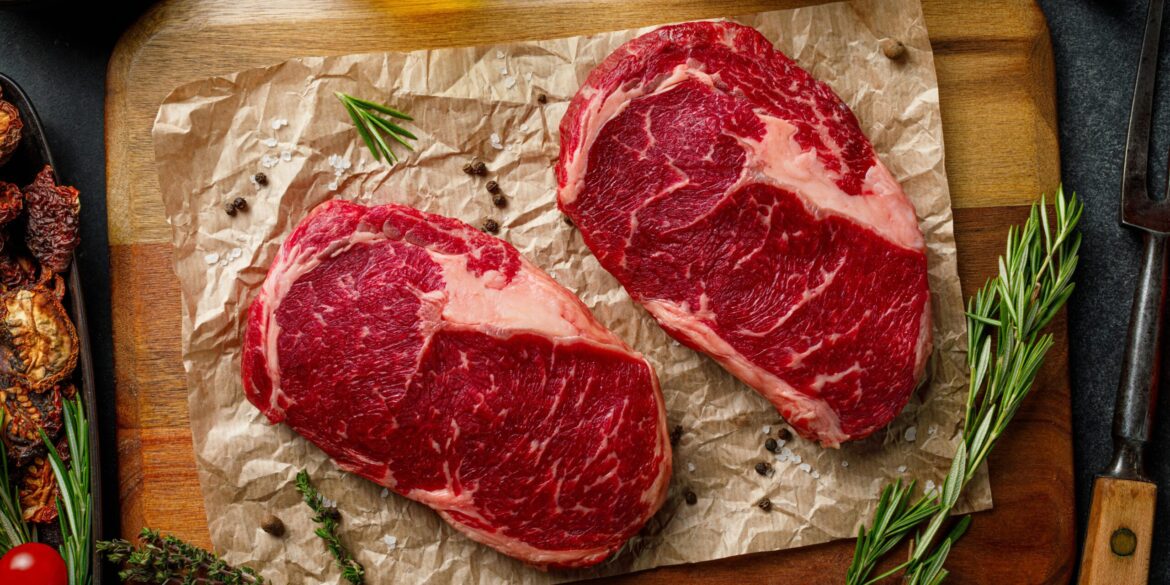The U.S. beef industry is poised for significant growth in the United Kingdom following a landmark trade deal that will increase American beef exports to the UK from 1,000 metric tonnes to 13,000 metric tonnes annually. This agreement, part of a broader U.S.-UK trade framework, presents a major opportunity for U.S. ranchers and meat producers to expand their footprint in a key international market.
Trade Deal and Market Dynamics
The deal, finalized in early 2025, marks a dramatic tenfold increase in the quota for U.S. beef allowed into the UK, a country known for its discerning palate and stringent food standards. While American beef has traditionally faced hurdles in the UK due to concerns about hormone use and differences in regulatory standards, the new agreement aims to balance trade openness with consumer protection.
UK consumers have historically been wary of beef produced with hormone implants, which are banned in the UK and the European Union, but permitted in the United States. This regulatory divergence has led most UK supermarkets to refrain from stocking U.S. beef. Instead, the new trade arrangement targets premium UK restaurants, which have expressed growing interest in offering American beef’s distinctive quality.
American Beef Industry Overview
The U.S. beef sector is a powerhouse, valued at approximately $100 billion, employing millions of workers across ranching, processing, and retail. However, it faces its own challenges, including reduced herd sizes and rising feed costs, which have contributed to tighter supplies and higher prices in recent years.
Advances in breeding, nutrition, and processing technology have enhanced the quality and consistency of U.S. beef products, making them more attractive in competitive global markets. The new trade deal will allow producers to showcase these improvements to discerning UK chefs and consumers.
Economic and Strategic Implications
For American ranchers, the agreement offers a critical boost in the face of domestic economic pressures. The expanded UK market provides not only new revenue streams but also diversification, reducing dependence on traditional export destinations like Mexico and China.
From a strategic perspective, the deal strengthens transatlantic economic ties and counters competitive pressures from other beef-exporting nations, particularly Brazil and Argentina.
Challenges and Industry Responses
Despite the opportunity, challenges remain. U.S. exporters must navigate complex logistics and comply with stringent UK import regulations. There is also ongoing debate within the UK about food safety, sustainability, and animal welfare, which may influence future market access and consumer acceptance.
American industry groups have responded by intensifying efforts to promote transparency, sustainability certifications, and traceability systems to reassure UK buyers and regulators.
Future Outlook
Analysts predict steady growth in U.S. beef exports to the UK over the coming years, with premium cuts and specialty products leading demand. The deal may also pave the way for further cooperation on food standards and innovation in agricultural trade.
The success of this expanded trade channel could serve as a model for U.S. agricultural exports in other markets with similar regulatory concerns.
Summary:
- U.S.-UK trade deal increases American beef exports to the UK from 1,000 to 13,000 metric tonnes annually.
- Targeted at premium restaurants due to regulatory differences and consumer concerns.
- U.S. beef industry valued at $100 billion faces supply challenges amid rising demand.
- The deal diversifies U.S. export markets and strengthens transatlantic ties.
- Exporters face logistical and regulatory hurdles but respond with enhanced sustainability efforts.
- Growth expected in premium beef products with potential for further trade cooperation.


